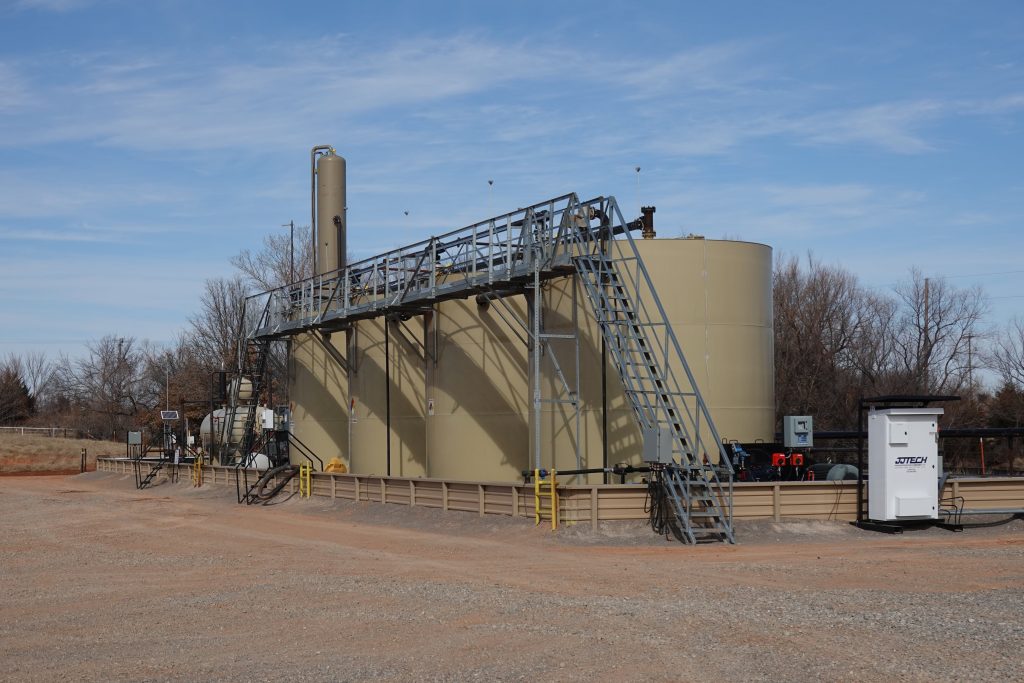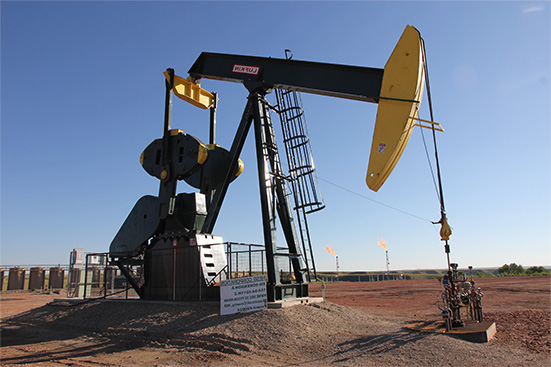
Imagine earning a steady stream of income while your money works for you – this is the power of passive income. For qualified investors, oil and gas investments offer a unique opportunity to generate consistent returns, benefit from tax incentives, and diversify their portfolios. From royalties and dividends to direct participation in drilling projects, the energy sector offers various paths to long-term financial growth. Knowing how these investments work can help maximize returns and create a steady income stream.
How Oil & Gas Investments Generate Passive Income
Royalties: A Share of Production Profits
One of the most attractive ways to earn passive income in the oil and gas industry is through royalty investments. When an investor owns oil and gas royalties, they receive a percentage of revenue from production without bearing the cost of drilling or operational expenses.
- No ongoing costs – Once the royalty rights are acquired, investors continue to receive payments as long as the well produces oil or gas.
- Long-term earnings – Many wells produce for decades, ensuring a stable and lasting revenue stream.
- Protection against inflation – As oil and gas prices rise, so do royalty payments, helping investors maintain their purchasing power.
Royalty interests offer a passive income stream, allowing investors to profit from the ongoing demand for energy without active involvement.
Dividends: Earnings from Energy Companies
Another avenue for passive income is investing in oil and gas companies that pay dividends to shareholders. Many large energy companies distribute a portion of their profits through regular dividend payments, offering investors a reliable source of income.
- Quarterly or annual payouts – Investors can expect consistent earnings based on company performance.
- Lower volatility – Energy stocks that pay dividends are typically less volatile than pure growth stocks.
- Compounding potential – Reinvesting dividends can increase total returns over time.
For those seeking a more traditional investment, dividend-paying energy stocks offer a steady income stream.
Contact DW Energy
Want to learn more about oil & gas investing? Our expert team can provide you with more information or schedule a consultation to talk about diversifying your investment portfolio.

Tax Advantages: Keeping More of Your Earnings
Oil and gas investments are among the few asset classes that offer significant tax benefits to qualified investors. These advantages boost profitability and make the sector particularly appealing.
- Intangible drilling cost (IDC) deductions – Investors can deduct up to 80% of drilling costs in the first year, significantly reducing taxable income.
- Depletion allowances – Similar to depreciation in real estate, depletion deductions allow investors to account for resource exhaustion.
- Tax-exempt income – Under the “Small Producers Exemption,” 15% of gross income from oil and gas properties may be tax-free.
These tax incentives make oil and gas investments one of the most tax-efficient ways to generate passive income.
Diversification: Strengthening Your Portfolio
Adding oil and gas investments to a portfolio provides diversification, helping to reduce overall risk. Energy assets often perform independently of traditional stocks and bonds, offering a hedge against market volatility.
- Low correlation to stock markets – Oil and gas prices are driven by supply, demand, and geopolitical factors rather than stock market trends.
- Resilience during economic uncertainty – Energy remains essential, making oil and gas investments relatively stable during downturns.
- Tangible Asset Backing – Oil and gas assets are tied to physical resources with intrinsic market value.
For investors aiming for a well-balanced portfolio, oil and gas provide a potential hedge against traditional asset classes.
Long-Term Passive Income: Sustainable Wealth Growth
Oil and gas investments can generate long-term passive income through revenue-sharing agreements, where investors receive regular payments based on production levels.
- Consistent cash flow – Many investments offer monthly or quarterly payouts.
- Lifetime earnings potential – Some wells remain productive for 20+ years, ensuring sustained returns.
- Minimal active involvement – Investors earn without day-to-day management responsibilities.
This long-term earning potential makes oil and gas an excellent choice for investors seeking passive wealth-building opportunities.
Direct Participation in Oil & Gas: A Powerful Passive Income Strategy
For qualified investors looking for higher returns and direct exposure to the energy sector, direct participation in oil and gas projects is an attractive option. Unlike traditional stock or royalty investments, direct participation allows investors to own a working interest in drilling and production projects, providing a steady income stream without the need for active involvement.
How Direct Participation Works
When an investor participates directly in an oil and gas project, they become a non-operating working interest owner. This means:
- You own a share of the production – Investors receive a percentage of revenue generated from the oil and gas extracted from the well.
- No day-to-day management is required – The operations are handled by experienced energy companies, while investors benefit from production income.
- Payouts are based on production success – Once the well is operational, investors receive monthly or quarterly revenue distributions.
At DW Energy Group, we specialize in non-operating working interest partnerships, allowing investors to leverage our industry expertise while enjoying passive income potential.
The Income Potential of Direct Participation
Investing in direct participation projects can generate consistent cash flow through revenue-sharing agreements. Key benefits include:
- Steady passive income – Investors receive regular earnings as long as the well produces.
- Long-term wealth-building – Many wells produce oil and gas for 10 to 30+ years, providing lasting income.
- Higher earning potential – Compared to dividends from energy stocks, direct participation offers a larger percentage of revenue from production.
This form of investing allows individuals to capitalize on the ongoing demand for oil and gas while diversifying their income sources.
A Favorable Business Environment for Investors
Oil and gas investments are supported by strong market fundamentals and favorable regulations. Recent policy changes have made it easier for companies to expand operations, benefiting investors through increased domestic production.
- The U.S. is now the world’s top oil producer, surpassing Saudi Arabia and Russia.
- New drilling opportunities – The federal government has opened more land for oil and gas leasing, improving investment opportunities.
With growing global energy demand and a supportive investment climate, now is an excellent time to explore passive income opportunities in the oil and gas sector.
Why Oil & Gas Remain a Smart Passive Income Investment
Oil and gas investments provide multiple passive income streams, from royalties and dividends to substantial tax benefits. For qualified investors looking to diversify and secure steady returns, the energy sector offers unique advantages not found in traditional investments.
At DW Energy Group, we specialize in identifying and managing lucrative oil and gas investment opportunities. Learn more about how we can help you generate passive income through oil and gas investments.
Contact dw energy
Sources:
“Oil & Gas Passive Income: A Professional’s Guide,” Courtney Moeller, https://courtneymoeller.com/news/oil-gas-passive-income-a-professionals-guide/
“How long is the gas well active or producing?” City of Denton Texas, https://www.cityofdenton.com/FAQ.aspx?QID=101
“Working Interest: Meaning, Overview, Advantages and Disadvantages,” Investopedia, https://www.investopedia.com/terms/w/working-interests.asp
